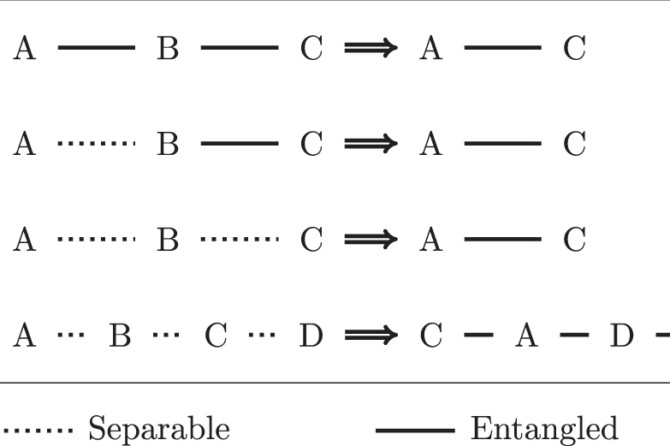Researchers at Penn Engineering have developed a groundbreaking chip for quantum communications that operates using “qudits,” effectively doubling the quantum information capacity of any previous on-chip laser technology.
Led by Professor Liang Feng, the team created a hyperdimensional spin-orbit microlaser that manipulates both the orbital angular momentum and spin of photons. This innovation enables the creation of four-level quantum systems on a single chip, a significant advance over conventional two-level qubit systems.
Traditional computing uses bits (1s or 0s), while quantum computing utilizes qubits that can exist in superposition—being both 1 and 0 simultaneously. The researchers pushed beyond this limitation to create qudits, which offer additional dimensions of superposition, expanding both information capacity and error tolerance.
This advancement significantly improves quantum cryptography capabilities by raising the maximum secret key rate from 1 bit per pulse to 2 bits per pulse. The technology offers robust security because quantum states cannot be copied without detection, making interception impossible without alerting the communicating parties.
In Quantum Key Distribution (QKD), randomly generated quantum states are exchanged between sender and receiver to verify a secure communication channel. The four-level qudits provide greater tolerance for interference and environmental errors compared to standard qubits, making quantum communication more practical.
The engineering challenge was substantial—the team had to control multiple quantum parameters simultaneously, which they explain as coordinating both the rotation and spin of “two planets stacked on top of each other” while maintaining their strategic relationship.
This breakthrough comes at a critical time when traditional mathematical encryption faces increasing vulnerability from advancing computing power. Unlike algorithmic security, quantum communication relies on the physical laws of quantum mechanics, providing a fundamentally different approach to information security that remains effective regardless of computational advances.
The research was published in Nature and involved collaboration with scientists from the Polytechnic University of Milan, Duke University, and other institutions.
Reference: Zhifeng Zhang, Haoqi Zhao, Shuang Wu, Tianwei Wu, Xingdu Qiao, Zihe Gao, Ritesh Agarwal, Stefano Longhi, Natalia M. Litchinitser, Li Ge, Liang Feng. Spin–orbit microlaser emitting in a four-dimensional Hilbert space. Nature, 2022; DOI: 10.1038/s41586-022-05339-z




